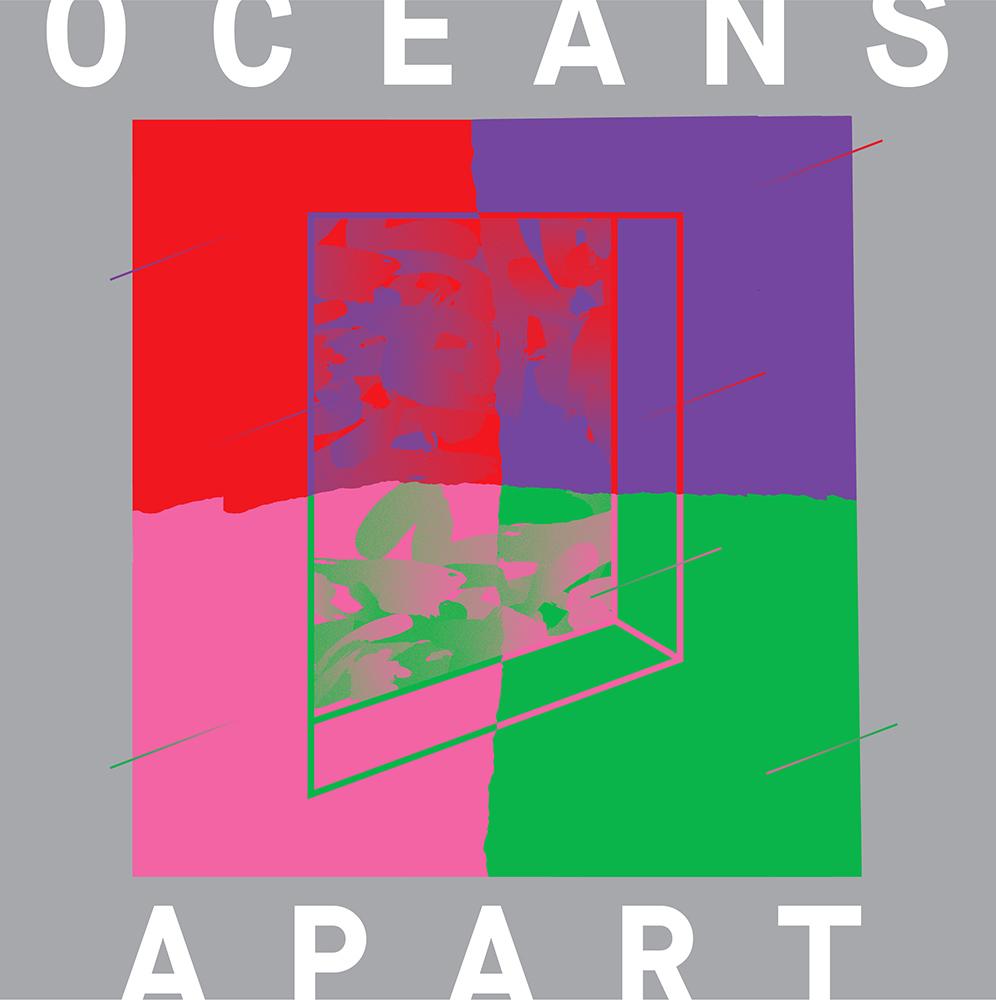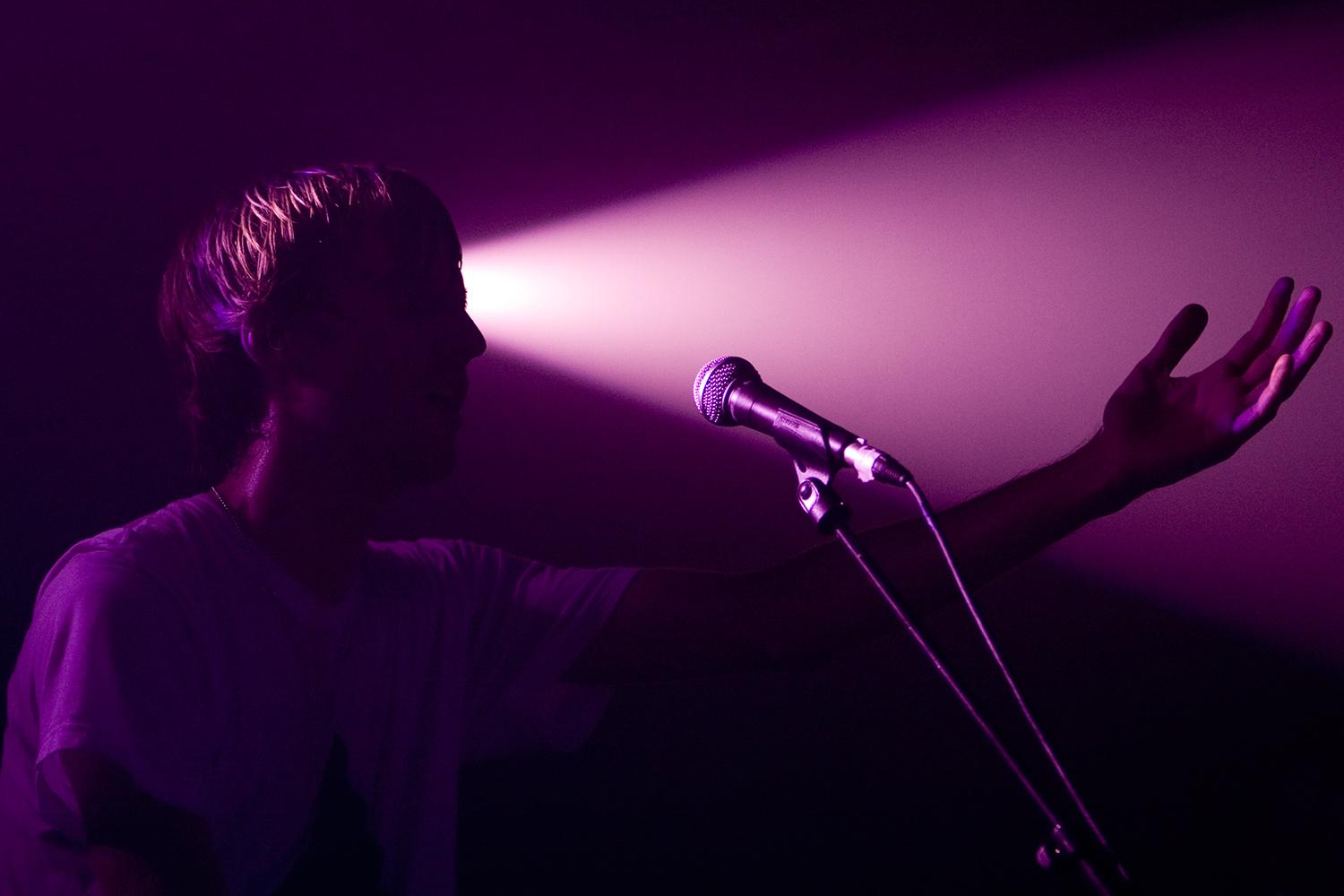
“I always want to feel like there’s an arc to a DJ mix,” says Dan Whitford of the pioneering Melbourne, Australia electronic band Cut Copy.
And Whitford puts his money where his mix is, as witnessed by the diversity of the hometown artists represented on Cut Copy Presents: Oceans Apart, available now in a variety of formats via the band’s own Cutters Records imprint. Oceans Apart is a lively, continuous 80-minute DJ mix, forged from 19 tracks representing Melbourne’s local underground dance music scene and burgeoning club culture. Oceans Apart is relentlessly vibrant in terms of tempo and feel, veering all across the dance map from electro disco to deep metallic grooves, sometimes even threading ’80s callbacks into wildly percussive tribal house passages — and, yes, you’ll hear a digideroo or two in there too.
Digital Trends traversed the time zones (in our own electronic fashion, that is) to catch up with Whitford, who was ensconced back in his native Australia, to discuss the origins of Oceans, why lo-fi and high-res can co-exist in dance music, and what the future holds for the electronic scene. Free your mind, and the rest will follow.
There are reasons that both lo-fi and high-res can work.
Digital Trends: I’ve been enjoying the seamless nature of Oceans Apart. Can you describe the process of how you put it together? How much music did you guys have to sift through in order to reach the 80-minute cut?
Dan Whitford: Basically, I wanted to make a good mix, but also document as much of Melbourne’s current scene as I could. I probably knew the vast majority of the people out there producing this kind of music, so it was just a matter of asking if they had any unreleased material, or if they could write something specifically to be included. Obviously, when everyone came back with amazing stuff, it was difficult to choose the final selections because I had way more submissions than I could fit into one mix. It was a tough choice, but I think ultimately this is what made the mix a really engaging listen.
I know it kept me engaged. How did you decide on the transitions in terms of tempo changes and vibe shifts? Did you have to do a lot of level-matching?
Whenever I work on a studio-based mix, there’s a fair bit of work that goes into sequencing and making sure that all the songs fit together. Some of the songs needed subtle editing. For instance, Fantastic Man’s Robotic Temptation is — as the name suggests — a track created from drum machines and synth sounds, whereas NO ZU’s Raw Vis Vision is done by a live band. So in order to get these to segue together, I had to create an extended intro loop for Raw Vis Vision to slowly introduce the organic percussion into the mix before their track drops.

Is there a specific audio journey you want listeners to take on Oceans Apart? What’s the intended takeaway?
I think this is up to the individual listener. I always want to feel like there’s an arc to a DJ mix, whether it’s live, or something created for a record like this. I like that the mix slowly accelerates in energy through the first half until it hits a real high point around tracks like Coober Pedy University Band’s Kookaburra and Nile Delta’s Aether. But then it still goes off further by the end into weirder, more thoughtful territory. I always think a few curveballs are good in a mix!
Yeah, those curveballs sure keep it interesting. Do you feel the Melbourne underground scene has been influenced by your own international success?
I think Melbourne’s dance music scene has slowly been growing over the past five years, with artists and DJs here feeling more and more confident in their ability to create unique music and be sure that it’s going to find an audience both here and internationally. In the past, Australia has sometimes felt it’s been lagging behind the rest of the world in terms of music trends, but now I think that idea has been thrown away, and our differences have started to be celebrated, rather than feeling like a hindrance.
I love vinyl, and have collected records for a really long time!
I’m sure it’s encouraging to see fellow Melbourne artists have international success, but I don’t take any credit for the dance scene being so strong right now. It’s happened because of a lot of hard work and a willingness of artists to be adventurous, and basically not give a fuck.
Early on in the mix — about 6 minutes into it, in fact — we hear the phrase “Music is my passion” repeated a few times. Is that a declaration you agree with? It sure seems that way to me.
Music Is My Life is an Andras and Oscar track. I think it was written with a little bit of tongue-in-cheek, but it’s certainly one of my favorites on the comp.
Why do you think you’re so passionate about music? What drives you to make it and share it with people?
I don’t really know why I’m driven to create. Music is just something that I’ve always liked, so to attempt to make it seemed like a logical step. Now that Cut Copy has become a well-known, successful band, it offers up opportunities to work on one-off ideas like Oceans Apart, and hopefully more things in the future.
I know lo-fi is important to you as a listener and a creator, but are you a fan of high-resolution playback — listening to music files in 96-kHz/24-bit or higher?

I’m actually not strict with needing to listen to high-fidelity music. Obviously, the sonic qualities of dance music are hugely important in a club setting, particularly in terms of how they activate subs when you’re on a dance floor. This is undeniable. But having said that, a lot of the stuff I really dig is super-lo-fi, like four-track recordings, or music that contains low-bitrate samples.
For home listening, sometimes the haziness or lack of crispness of lower-fidelity recordings makes your imagination fill in the gaps, and sometimes hearing a low-quality YouTube recording of a track can actually have a strange energy to it that is missing when you finally hear that same song in the cold, harsh light of a 96/24 recording. I guess what I’m trying to say is — there are no rules. There are reasons that both lo-fi and high-res can work. It’s just up to the artist as far as how to do it.
Good point. I see two vinyl EPs of Oceans Apart highlights have been released. You must still have an affinity for the LP format.
If you only ever listen to one track at a time, you’ll never hear things the way the artist intended it.
Yeah, I love vinyl, and have collected records for a really long time! Let’s face it — it’s the classic recording format, and it is the best format for artwork. And it’s also a very flattering format for sound. It’s amazing to listen to a vinyl 12-inch version of a song next to a digital version, and I would say 9 times out of 10, you would have to say the vinyl is a better listen.
What type of system do you have for listening to music?
Outside of my studio setup, I have a Technics SL1200 [turntable] running into a Yamaha CA-810 [integrated amplifier] for home listening, with some custom speakers I bought from an op shop. I actually have no idea who made them, but they sound great!
I’ll bet! I read an interview from 2013 where you said listening to a full album was “like running a marathon” —
Haha, yes, I meant “running a marathon” in a positive way!
Oh yeah, that’s how I took it. I love listening to albums from beginning to end as the artist intended. Sounds like you do too.
- 1. (Image © starbright31 | flickr)
- 2. (Image © _FXR | flickr)
- 3. (Image © Felipe Neves | flickr)
Yes. I just think there’s a lot more opportunity to tell a story and give people an experience when you have 40 or more minutes to do it. To me, some of the art of record-making is the way one track sounds next to another, so if you only ever listen to one track at a time, you’ll never hear things the way the artist intended it. People’s listening habits have definitely changed, but I still think there’s a place for the album format.
Me too, absolutely. Do you have favorite albums you like to listen to from start to finish? What albums would you say still have an impact on you?
A lot of these records are actually the same. Chill Out by The KLF (1990) is an amazing piece that tells the story of a fictitious road trip across America. It’s a record that only makes sense when listened to from start to finish. I also love The Avalanches’ Since I Left You (2000). That record was a massive influence on me as a young Australian electronic musician.
What can you tell me about working with Dave Fridmann on Cut Copy’s 2013 album, Free Your Mind? He’s a producer who’s highly attuned to high-res and surround-sound recordings. What did he bring to the sonic table for you?
Synthesis as a musical form is slowly maturing.
Dave is a pretty unique producer and mixing engineer, and was amazing to work with on this record. He’s obviously got a penchant for psychedelic music, and that was a bit of the theme of our recent couple of records, so it seemed like a good fit. He actually mixes really quiet, which might surprise some people. In listening at low volume, it’s pretty quickly apparent if everything is properly audible in the mix. I think he did a great job at capturing so many of the small details and allowing them to find a place.
Walking in the Sky is probably my favorite Free Your Mind track. It has such incredible impact.
Dave also uses a lot of different types of distortion in his mixes, and in the case of Walking in the Sky, he worked some creative mixing magic, turning it from a very understated lullaby into a bombastic, weird anthem. The drums enter like some sort of biblical event, thundering through the speakers. It wasn’t what we ever intended for that track, but I’ve ended up loving it.
Recently, I spoke with Vince Clarke of Erasure and Gary Numan, and both of them felt the current electronic/dance music scene — which they both admire greatly — owes a lot to the pioneering sounds and artists of the late ’70s and early ’80s. Do you agree with that assessment? Do you have an affinity for that era of music yourself?

I definitely agree. I think during the ’70s and ’80s, the idea of synthesizers was still something quite futuristic, and that was part of the aesthetic. I think now, synthesizers have more of an established sound, with their own associations. You can have synth sounds that have a familiarity or nostalgia to them. I certainly have a fondness to that era of music, whether it be electronic, disco, punk, experimental, or something entirely different.
People are still looking for unique and undiscovered sounds, so that idea hasn’t gone away, but I just think that synthesis as a musical form is slowly maturing. And this is in no small part due to artists like Yaz, Brian Eno, Telex, Tangerine Dream, and countless others.
Where do you think the electronic/dance scene is headed?
Hopefully, it continues to evolve and surprise. One of the things I like about some of the new generation of dance producers — including many of those included on Oceans Apart — is that they’ve formed their musical tastes in an era where the Internet allows you so much more access to even the most obscure music. The music they end up making is a lot more adventurous. Even 10 years ago, I don’t think that artists had the same knowledge of so many weird musical genres.
This is what I love about modern ways of discovering music — you can find anything!
Even on the weekend, I was out at a club and asked the DJ what track he was playing. It turned out to be a limited-pressing South African proto-house record that probably never got to more than 500 copies. This is what I love about modern ways of discovering music — you can find anything! And as a musician, that can’t be a bad thing.
To my ears, discovering new sounds is always a good thing. Relative to that, what’s on the horizon for Cut Copy? What kind of sounds can we expect to hear from you next?
It’s hard to say. Having been on the road for 12 months or so, I’m now excited to start thinking about making music again. I’ve been listening to a lot of new stuff, including records I’d bought while traveling but hadn’t had the chance to sit back and absorb. Also, it’s the start of summer here in Australia, which I always find fairly inspiring.
I’ve also spent a couple of weeks reconfiguring my studio at home. According to Aphex Twin, this is the most important part of the process of making a record. If that’s true, then a new record can’t be far off. (laughs)






